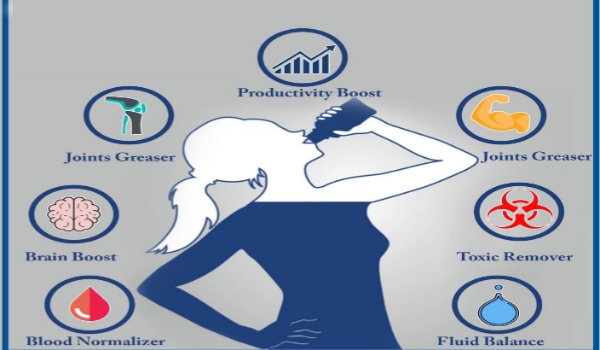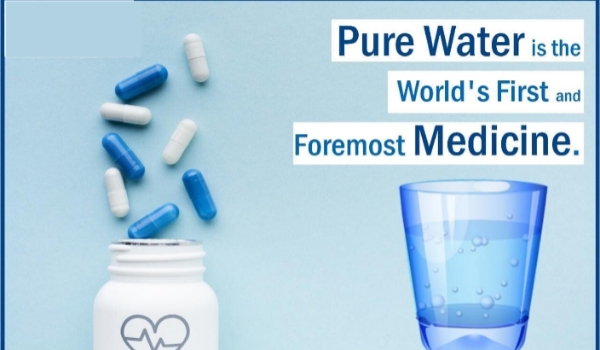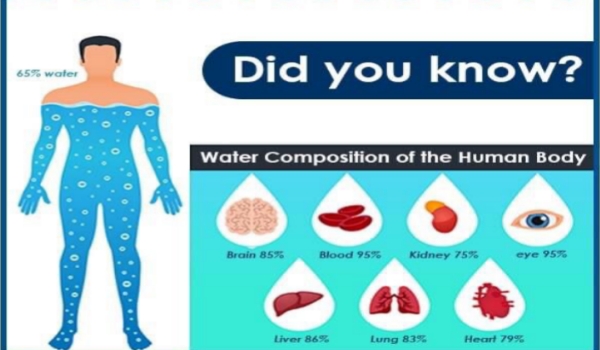According to Wikipedia, Sewage treatment is the process of removing contaminants from domestic and municipal wastewater, containing mainly household sewage plus some industrial wastewater. Physical, chemical, and biological processes are used to remove contaminants and produce treated wastewater (or treated effluent) that is safe enough for release into the environment. A by-product of sewage treatment is a semi-solid waste or slurry, called sewage sludge. The sludge has to undergo further treatment before being suitable for disposal or application to land.Sewage treatment is also referred to as wastewater treatment.
Residential, institutional, commercial, and industrial establishments all produce sewage. Household waste liquid pouring into sewers includes toilets, bathtubs, showers, kitchens, and sinks. Sewage also comprises liquid waste from industry and commerce in many regions.
Types of wastewater treatment process:
Anaerobic sewage treatment
In this process, the sewage is partly decomposed by anaerobic bacteria in a tank without any oxygen. The organic matter is then reduced to methane, hydrogen sulphide, carbon dioxide, etc. This process is used to treat wastewater sludge because it mainly reduces the input material. It is used for the treatment of high strength industrial wastewater. It is an energy efficient process and is also used for pre-treatment process. The low consumption of energy and the optimum use of chemicals are the benefits of this process.
Aerobic sewage treatment
This process is a simple operation where the microorganism converts the organic matter to biogas which is then further used as a renewable source of energy. The process aims at breaking down solids and aerated human wastes. The aerobic treatment plants are an excellent option for sites which are not suitable for septic systems. The process helps to protect natural water resources in areas that are devoid of any septic systems.
How is sewage treated?
- Primary treatment: this process is anaerobic, and the solids are separated from the sewage that settles at the base of the primary settle tank. Sewage runs through massive tanks known as “pre-settling basins,” “primary sedimentation tanks,” or “primary clarifiers” during the primary sedimentation stage. Sludge settles in the tanks, while grease and oils rise to the surface and are scraped away.Mechanically driven scrapers in primary settling tanks continuously move the collected sludge towards a hopper in the tank’s base, where it is pumped to sludge treatment facilities. Saponification can occasionally be achieved by recovering grease and oil from floating materials (soap making).
- Secondary treatment: this is an aerobic treatment process in which the primary treated effluent containing biological matter is converted to clean water by way of water borne aerobic bacteria. In most of the cases, the effluent becomes clean enough to be discharged directly into rivers and water bodies. Secondary treatment is used to significantly reduce the biological component of sewage, which includes human waste, food waste, soaps, and detergents. The bulk of municipal plants use aerobic biological methods to handle settled sewage liquor. The biota requires both oxygen and food to function properly.he bacteria and protozoa consume biodegradable soluble organic contaminants (e.g., sugars, fats, organic short-chain carbon molecules) and bind much of the less soluble fractions into floc.
- Tertiary treatment: The goal of tertiary treatment is to offer a final treatment stage for the effluent before it is discharged into the receiving environment (sea, river, lake, wet lands, ground, etc.). At every treatment plant, more than one tertiary treatment technique may be applied. When disinfection is used, it is always the last step. It’s sometimes referred to as “effluent polishing.” The processes used in this round are sand filtration, aerobic lagoons and/or ponds, Biological Nutrient Removal (BNR), Nitrogen removal, Phosphorous removal, and disinfection.
The above detailed processes is how sewage water is made clean enough for reuse.
It is possible to reuse sewage effluent for drinking water with appropriate technology, however this is often only done in countries with limited water sources, such as Windhoek and Singapore.
Treated wastewater is frequently utilised in agriculture in arid countries.
In Israel, for example, recovered sewer water provides almost half of agricultural water consumption (total use was one billion cubic metres (3.51010 cu ft) in 2008). In the future, Israel’s water supply and sanitation plans foresee for expanded usage of treated sewage water as well as new desalination plants.
Wastewater-fed constructed wetlands provide both treatment and habitat for plants and fauna. The East Kolkata Wetlands in India are another example of sewage reuse mixed with treatment. The nutrients in the wastewater are used to sustain fish farms and agriculture in these wetlands, which are used to treat Kolkata’s sewage.



